In this 58th episode of the Decode Quantum podcast series, always coproduced and cobroadcasted with Frenchweb, we welcome Simone Severini, who runs all quantum product and services activities at AWS/Amazon. It is the first in English and probably not the last one!
Simone Severini is the Director in charge of Quantum Technologies at Amazon Web Services (AWS) since 2018. He also holds an academic appointment as a Professor of Physics of Information at University College London (UCL), where he has been since 2009. He contributed to initiate university-industry collaborations with enterprises like Google, Lockheed Martin, and Siemens. He helped co-founding startups like Phasecraft and Cambridge Quantum Computing (now Quantinuum). Simone got a PhD from the University of Bristol with Richard Jozsa in 2004 and a degree in Philosophy from the University of Florence. Simone is based in Seattle.
Here are the key topics we discussed with Simone Severini:
- When and how did he start getting interested in quantum physics/quantum whatever? What were his sources of inspirations? Who mentored him?
In 1996, he was studying philosophy with Maria Luisa Dalla Chiara and fell in love with the fact that when you look at physics and computers, you can build interfaces between different branches of science, like computational complexity and theoretical physics. Back then, it was the time of Shor and Grover algorithms, created respectively in 1994 and 1996, and of interesting physics advances. He was then an intern in Austria before graduating, learning about automated theorem proving. He wanted to do a PhD “in something” without knowing what it was all about beforehand, but it felt that it was a way to engage with topics he felt close to his heart. He didn’t have much of a technical background related to quantum physics back then. Growing up in a small town in Tuscany, he is the first member of his family to get a university degree.
His advisor was Richard Jozsa (the one from the Deutsch-Jozsa famous oracle-based quantum algorithm). Daniel Collins (he left academia after his postdoc with Nicola Gisin in Geneva), Matthew Leifer (now at Chapman University in California), and Simone were the first PhD students in the “Quantum Information and Computation Group” at Bristol University, which is now the Bristol Quantum Information Institute. More than 100 people now investigate quantum sciences at the Bristol University. Through the years, Bristol had a strong quantum physics tradition with people like Yakir Aharonov, Michael Berry, Sandu Popescu, Noah Linden, et al.
There is a whole hall of fame of students and researchers who worked at Bristol University including Ashley Montanaro was also a student of Richard Jozsa after him and is still a professor at Bristol University while having cofounded Phasecraft, Andreas Winter, now at the Universitat Autònoma de Barcelona and Jeremie O’Brien (the CEO of PsiQuantum), just to mention a few. He also had a chance to follow seminars of Michele Mosca at Oxford University in November 1998, when the Oxford quantum science community included Artur Ekert, Andrew Steane, Roger Penrose and David Deutsch. During his PhD he spent time on famous Hidden Subgroup Problem (a generalization of the factoring problem) and various graph theory related problems. He also read John Preskill’s Caltech lecture notes back in 1998 and he sat on talks at Les Houches in 2001.
- His PhD thesis.
Back in the 1990s, most researchers were doing physics experiments. Quantum computing was not yet an expression. The “qubit” term was introduced only in 1995 by Ben Schumacher (in Quantum coding, PRA, April 1st 1995). Surprisingly, Shor’s integer factoring algorithm designed in 1994 doesn’t mention the word “qubit” but only two-level systems quantum objects.
Based on minimal knowledge, Simone started to work on group theory, particularly on the Hidden Subgroup Problem for non-abelian groups, an area having to do with symmetries and related to the Graph Isomorphism Problems. He thinks that “It was a beautiful but difficult problem. I didn’t go very far”. At the time a number of people were trying to generalize Shor’s algorithm, but the maths became more and more specialistic. He worked on discrete evolution of quantum systems on graphs and introduced some new ideas in combinatorial linear algebra. Also, he studied what happens if you stop using real or complex numbers and quantum physics becomes discrete. After his PhD he spent time at the Institute for Quantum Computing at the University of Waterloo, Canada. At the time, this was one of the few organizations in the world fully focused to quantum science.
- His role in academia.
At UCL, he met very good quantum scientists like Dan Browne who was one of the creators of the MBQC (measurement-based quantum computing) paradigm. Also, Simone reminds us that DeepMind was created out of UCL, fueled by the “London’s vibrant machine learning community”. He helped starting the Center for Doctoral Training in Delivering Quantum Technologies, which historically trained many of quantum information science specialists, now working in both industry and academia. He discovered a fertile environment for startups to grow and an interesting interplay between research and industry players.
At UCL, in his knowledge, he started the first quantum technologies consulting business (in 2015) with John Morton (now, Quantum Motion), Ashley Montanaro (Phasecraft), Simon Benjamin (also at Quantum Motion), Peter Leek (the scientific brain behind OQC), and others. It was called Q&I. Simone ended up leaving academia. He met Ilyas Khan, the founder and CEO of Cambridge Quantum Computing (CQC) in 2015. Together, they hired the very first employees of the company. While at CQC he patented the first commercial device-independent quantum random number generator, now a Quantinuum product called Quantum Origin.
He learned about being both “optimistic and pessimistic” about quantum computing and that there is an opportunity to grow complex projects in industry, since corporations and startups can be especially goals oriented. Working outside of academia, it reduces to some extent the freedom that you have in research but it helps working on large and ambitious goals, with a lot of dependencies and different small teams interacting with each other.
While at AWS, he spent a lot of time talking to customers, trying to to understand what makes sense to them, their pain points, and what to build on their behalf. This is Amazon’s process called “Working Backwards”. Maybe because of his unorthodox background, he always felt that his contribution as a research scientist was not particularly impactful. And he claims that he “managed to survive in the academic world thanks the strength of his collaborators”. He finds very rewarding to interact with people and discuss strategy. He believes in the power of collective efforts.
- Joining AWS in 2018
In 2017, he was part of a team that got a DoD grant to work in machine learning and semantic information, together with Michael Jordan, John Shawe-Taylor, René Vidal, and others. The grant also included the computer vision expert Stefano Soatto. Stefano was already working at AWS. Because of Stefano, Simone had the opportunity to visit the HQ of Amazon in Seattle. He spoke to many people, including his future manager at AWS, Bill Vass, the VP of engineering, and Charlie Bell, one the pioneers of AWS. He went through the Amazon standard interview loop and landed at AWS.
His team is building the cloud quantum offering of AWS, quantum computers, and technology for quantum networks. They designed and built the physical infrastructure and the software of Amazon Braket, an AWS service proving customers with access to prototype quantum computers. He worked a lot on building a diverse team which includes both scientists and engineers. The learning process was hard.
- Launching Amazon Braket
It started in 2019 with hosting third party QPUs, that were made available in 2020 to customers in general availability. Amazon Braket allows customers to simulate, code, and run very different physical implementations and computing paradigms (gate-based with IonQ, OQC and Rigetti, qumodes and Gaussian boson sampling with Xanadu, quantum annealing with D-Wave – on AWS MarkePlace – and neutral atoms quantum simulators built by QuEra). When launched, Amazon Braket was the first cloud service to integrate quantum computers with other computational resources. You can select your target hardware platform by changing a single line of code and the customer experience is uniform. There’s a lot of work on building the cloud infrastructure, related to experimenting with complex workloads, usability, security, monitoring, and resources management. Amazon Braket is a way for AWS to learn about the best possible way to have future quantum computers as part of its complex IT infrastructure. Customers today work on small scale proofs of concept. They want to know where the field is. They get ready for the future. Teams that are exploring quantum hardware include Goldman Sachs, JP Morgan, BMW and Volkswagen, for example. There are also a number of academic groups that are doing science with these devices.
They ask various questions like “how will it impact our business”? They do audits, explore what quantum computers could do in the future. Customers also use classical emulators running on EC2 instance with various emulation modes: state vector based (up to 34 perfect qubits), including any kind of simulated noise and with tensor networks (enabling a larger number of qubits with shallow algorithms).
They look at how workloads complexity is growing in the “NISQ phase”. Amazon Braket helps customers pushing the boundaries of what noisy quantum computers can do, using hybrid variational algorithms (VQE for physics simulations, QAOA for combinatorial optimizations, QML for machine learning). It is part of an orchestration layer, so that it can work together with any classical HPC resource, but also databases and machine learning services. They also organize hackathons and at least 20 quantum tech companies are building their solutions using AWS – see, for example, QCWare, qBraid, Agnostiq, Good Chemistry, Qedma, and Qu&Co – a Dutch startup that recently merged with Pasqal.
- Quantum hardware and cat-qubits
In December 2020, AWS announced the development of cat-qubits in a long 117 pages blueprint paper, Building a fault-tolerant quantum computer using concatenated cat codes by Christopher Chamberland, John Preskill, Liang Jiang, Oskar Painter, Fernando Brandão et al. Simone was not an author of the paper! But the acknowledgment reads: “We thank Simone Severini for creating an environment where this research was possible in the first place.” In 2021, AWS officially opened the building that hosts their labs. This is located in the campus of Caltech in Pasadena, California.
Simone told us he is a fan of the French startup Alice&Bob. He believes that FTQC is the right approach to build a usable quantum computer (FTQC = fault tolerant quantum computers, with logical qubits made of physical qubits, and a fault-tolerance architecture to make sure it works well…). He also believes that NISQ devices will lead to interesting scientific discoveries. He wants to drive things with patience and set the right expectations.
He believes in the sectorialization and specialization of quantum hardware. AWS chose superconducting qubits and their bosonic code variants thanks to the ability to manufacture it. It makes it possible to create repeatable qubits. He trusts the team built by Oskar Painter and Fernando Brandão, both professors at Caltech, and now at AWS. The team also gets the help of quantum computing veterans like David Schuster from University of Chicago, who recently moved to Stanford. Simone wants to be open minded on very different types of architecture and qubits. The hard but fundamental goal, like with many, is to assemble 100 logical qubits enabling quantum circuit depth of millions gate cycles, with clock rates of tens of kHz and 10^-12 error rates for logical qubits. It could be based on the various bosonic codes around: cat-qubits, GKP or Zero-Pi qubits. All avenues are explored by AWS. See for example Stabilizing a Bosonic Qubit using Colored Dissipation by Harald Putterman et al, January 2022 (19 pages) which studies Kerr qubits, another variation of bosonic protected qubits. It’s very hard to determine how quantum computers will look like in a decade.
It is a very long journey. Experiments with customers that will bring some commercial value will probably happen much later. We also quickly discussed the energy aspects of quantum computers, which he hasn’t yet heard about from customers. He still believes it is an important topic and that quantum computers one day may be impactful in sustainability.
- Quantum communications
We also mentioned quantum communications. Simone contributed to start the AWS Center for Quantum Networking to develop hardware, software and applications for quantum networks. This is an organization managed by Antia Lamas-Linares. They are working in partnership with Harvard University. Quantum Internet promises to enable the distribution of quantum information. The dream goal is to to build ways to distribute “entanglement as a service”. The center’s first real-world proof of concept of a QKD link was done in Singapore with Horizon Quantum Computing, Fortinet, and the National University of Singapore. There are of course challenges to design quantum repeaters, but this will enable new interesting technology.
![]()
![]()
![]()
Reçevez par email les alertes de parution de nouveaux articles :
![]()
![]()
![]()


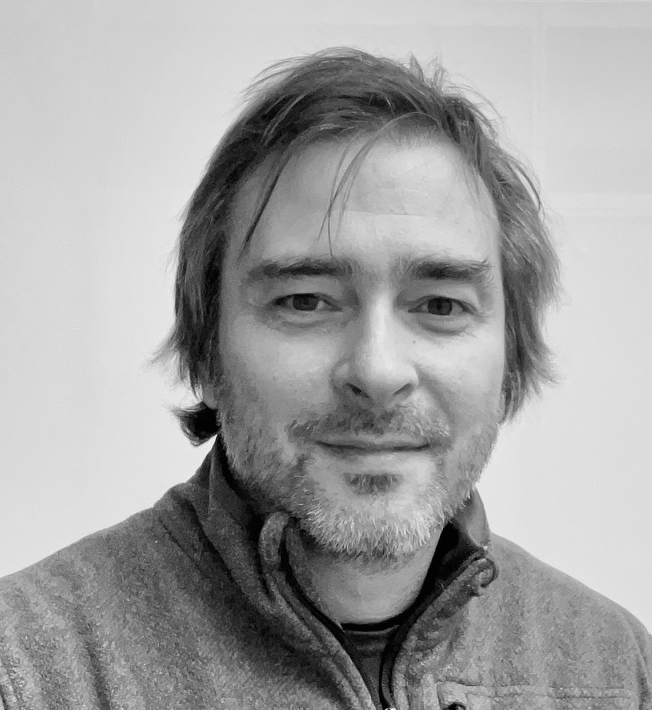
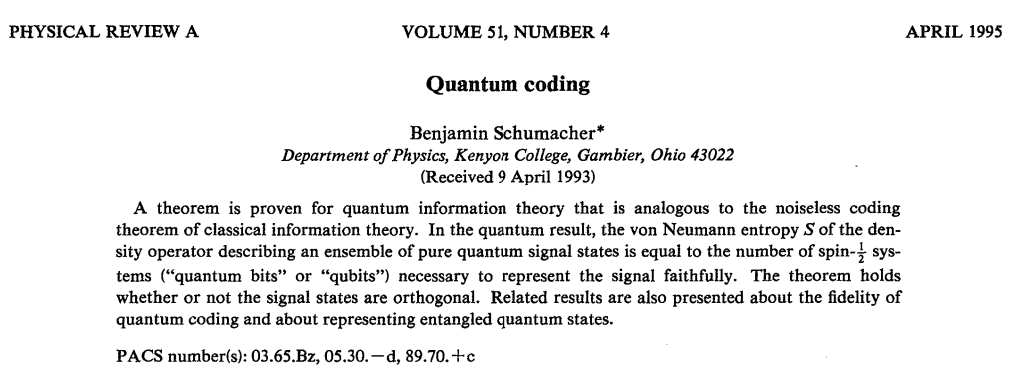
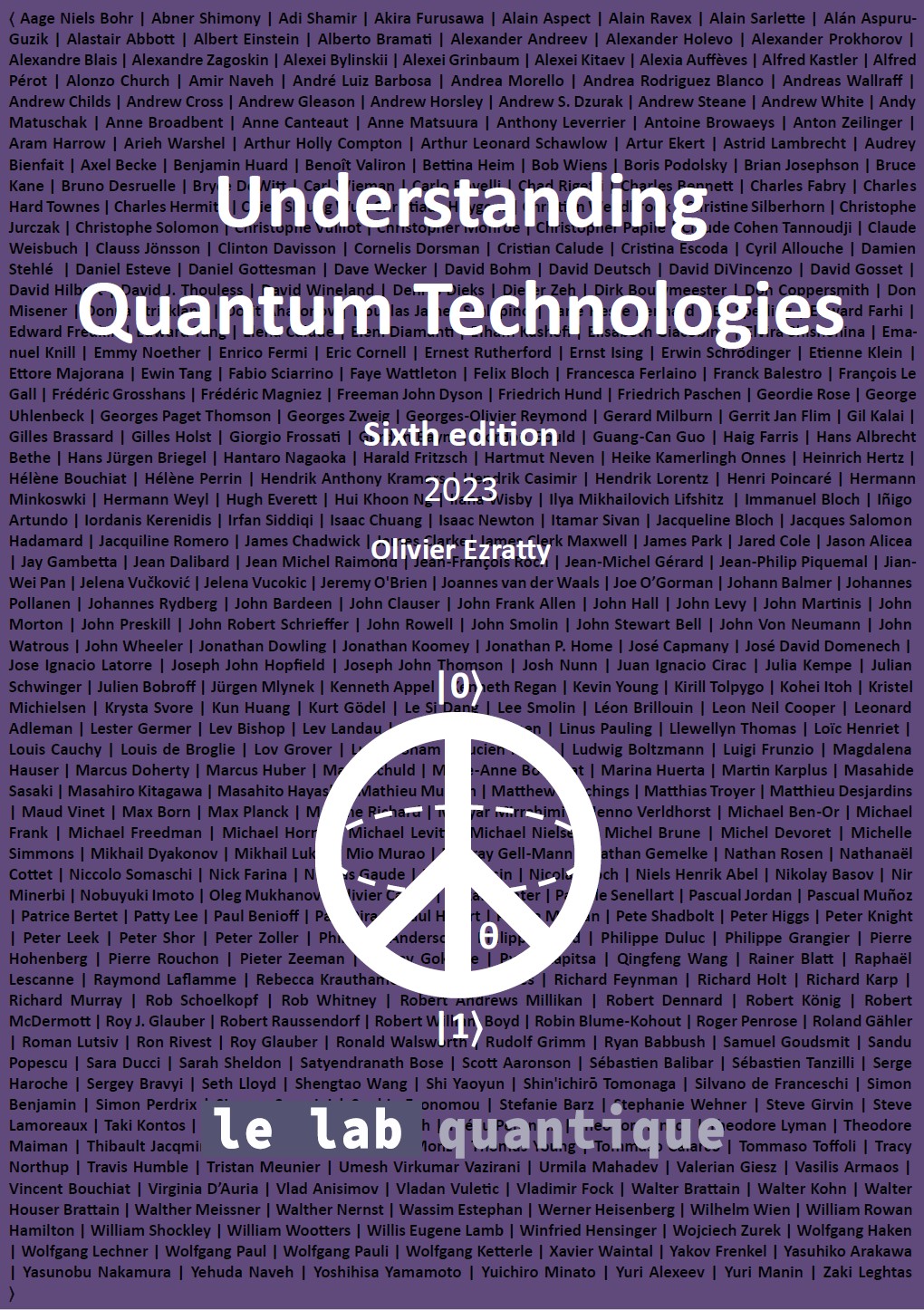
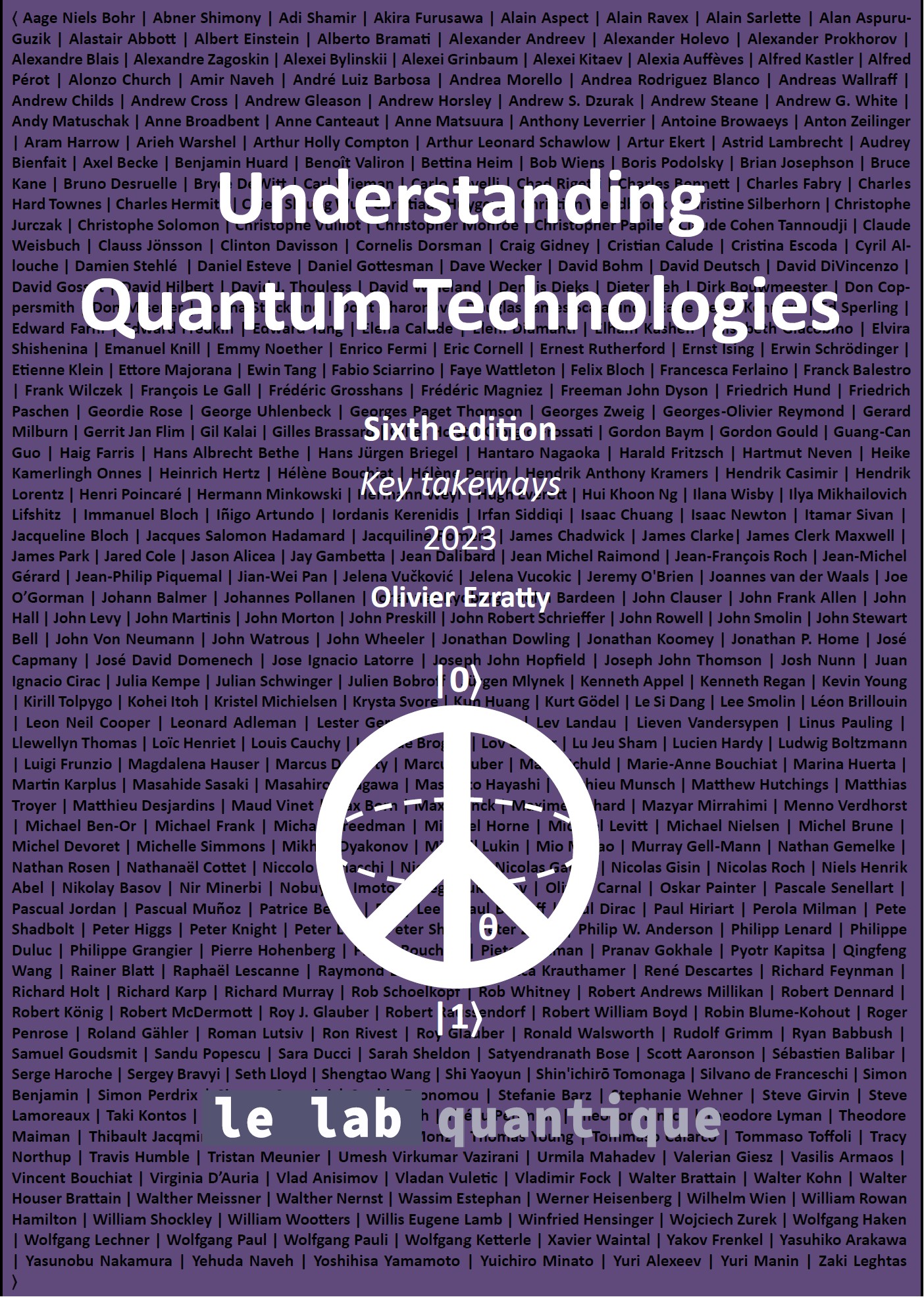
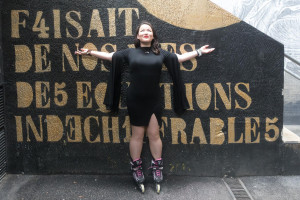
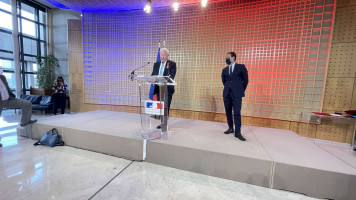
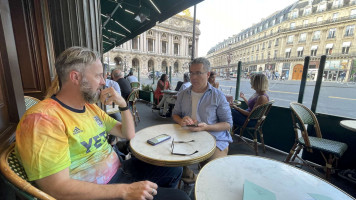
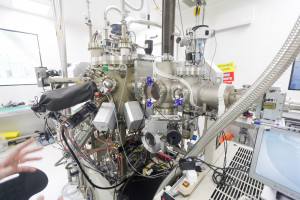
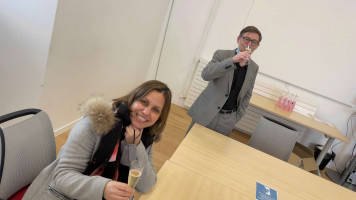

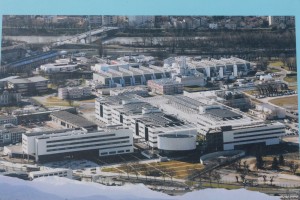

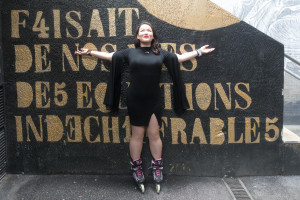
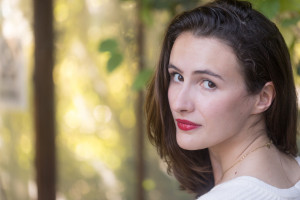
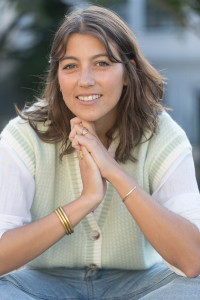
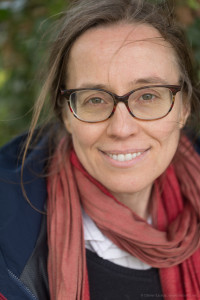
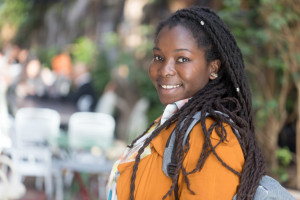
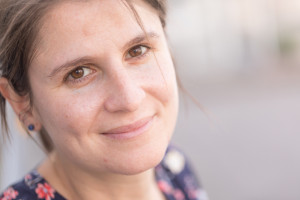
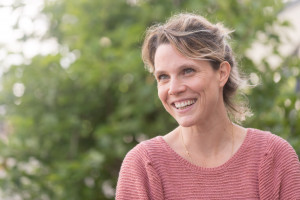
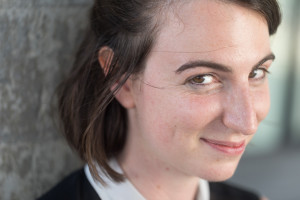
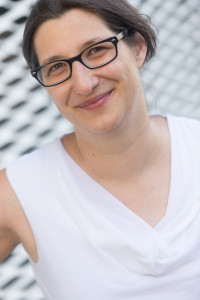
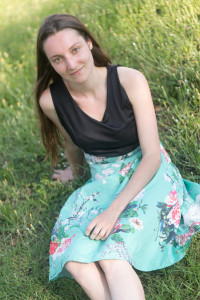
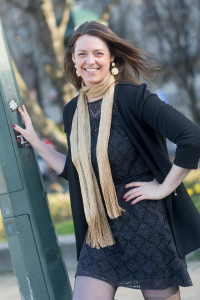
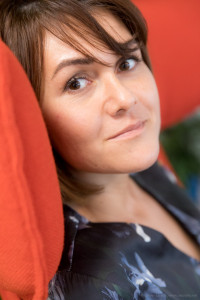
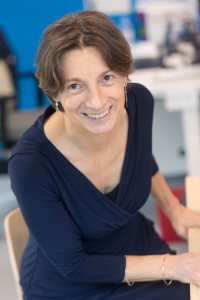
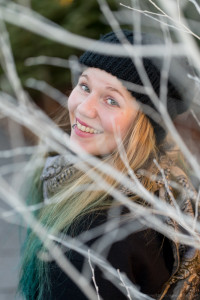

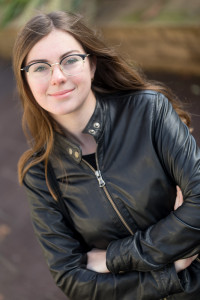
 Articles
Articles